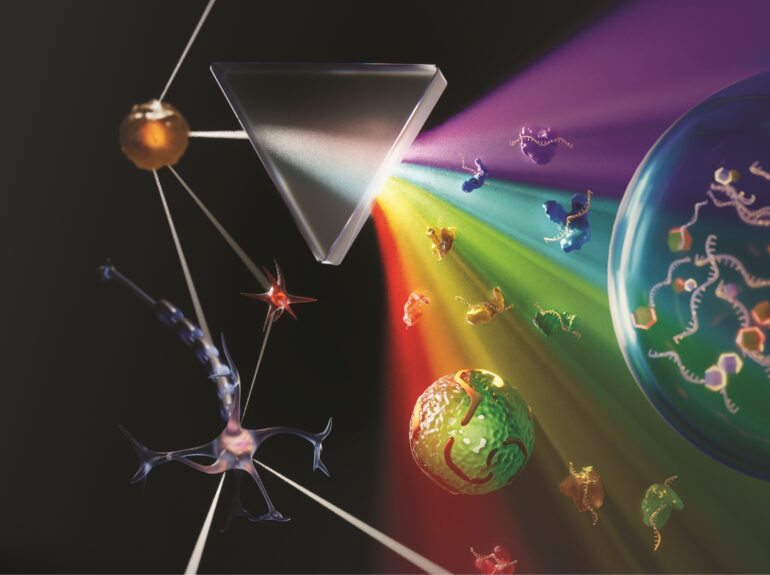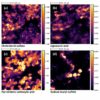]An international team led by researchers at Baylor College of Medicine with the National Institutes of Health Extracellular RNA Communication Consortium and the Bogdan Mateescu laboratory at the ETH Zürich and University of Zürich has developed a new powerful resource to study extracellular RNA (exRNA), a novel form of cell-to-cell communication.
The study, published in the journal Cell Genomics, lays the foundation to examine how exRNA and its carrier proteins found in bodily fluids function in a healthy as well as a diseased setting, potentially providing a means to accurately implement early detection and monitor disease processes.
“Ribonucleic acid or RNA is one type of genetic material that is present inside all living cells. It is mostly known to act as a messenger carrying instructions encoded in the DNA for the synthesis of proteins,” said co-corresponding author, Dr. Aleksandar Milosavljevic, professor and Henry and Emma Meyer Chair in Molecular Genetics at Baylor. He also is the director of the Graduate Program in Quantitative & Computational Biosciences and a member of the Dan L Duncan Comprehensive Cancer Center at Baylor. The Milosavljevic Lab is the host of the exRNA Atlas, the data management and resource repository of the Extracellular RNA Communication Consortium, an NIH Common Fund project exploring the biology of exRNA.
In recent years research has shown that RNA not only exists inside cells, but also is exported from cells as extracellular RNA and plays a role in cell-to-cell communication.
“ExRNAs exist in bodily fluids outside of cells where they can associate with a variety of carriers including RNA binding proteins (RBPs), but the cargo and distribution of RBPs across biofluids is largely unknown,” said co-author Robert Fullem, a graduate student in the Milosavljevic lab. “Our goal in this study was to fill that gap. This major gap in knowledge limited our understanding of the role of RBPs as carriers of exRNA in human bodily fluids. Our findings open a new road toward understanding exRNA biology and provide new opportunities for the development of exRBP/exRNA liquid biopsy biomarkers.”
The researchers applied computational analyses to identify exRBPs in plasma, serum, saliva, urine and cerebrospinal fluid. The computational predictions were validated experimentally at about 80% in both plasma and cell cultures in the lab, suggesting high specificity for the computational method.
“With this information, we developed a map of candidate exRBPs and their exRNA cargo in bodily fluids expanding the landscape of potential biomarkers that can now be studied in liquid biopsies and used to track normal and disease processes,” Milosavljevic said. “We present this map as a resource available at no cost to the scientific community.”
More information:
Emily L. LaPlante et al, exRNA-eCLIP intersection analysis reveals a map of extracellular RNA binding proteins and associated RNAs across major human biofluids and carriers, Cell Genomics (2023). DOI: 10.1016/j.xgen.2023.100303
Provided by
Baylor College of Medicine
Citation:
Researchers reveal a map to study novel form of cell-to-cell communication (2023, April 20)



